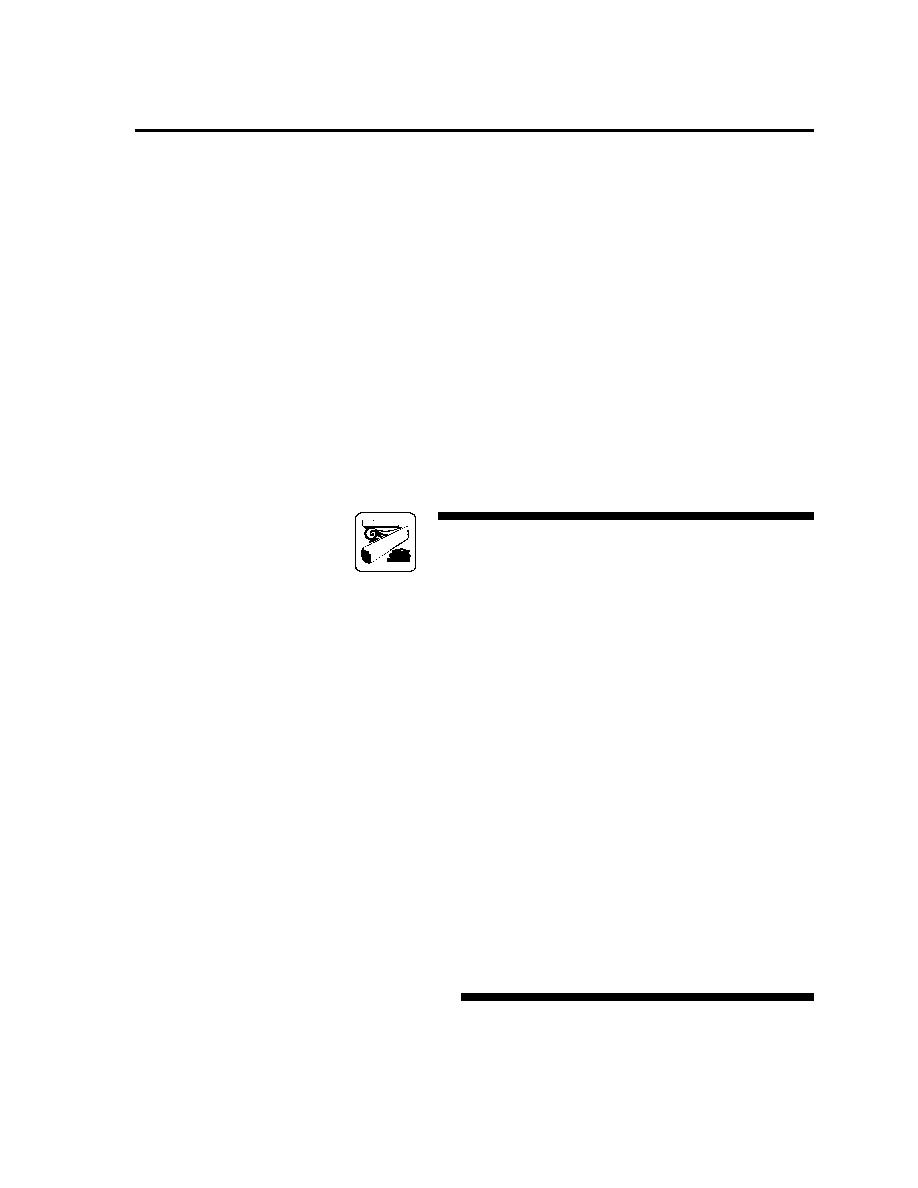
U. S. Courts Design Guide
Secretary Work Area. The secretary work area must be designed to allow continuous
monitoring of the suite entrance. Space for a computer printer must be conveniently accessible
from the secretary work area but separate from the reception area, to maintain confidentiality
of printed documents.
Law Clerk Office(s). A separate office for each law clerk might be provided. Alternatively,
clerks can be provided with semi-private workstations, either in alcoves or separated by
modular partitions, bookcases, etc., depending on the judge's preference.
Reference/Conference Room. The reference/conference room is used by the judge and law
clerks to research and discuss cases, as well as by the judge to meet with other court staff or
attorneys. It may also house workstations for externs/interns. Shelving must be provided to
accommodate the chambers reference collection. In addition, the area must accommodate a
conference table and chairs for up to 12 people.
See Table 5.1 for additional detail regarding design elements in support spaces.
Programming Notes
Requirements for bookshelves are changing due to
evolving methods of legal research. Increasing use
of electronic data bases and a decreasing reliance
on bound volumes are resulting in smaller
chambers reference collections. The changes in
legal research provide an opportunity to reduce the
court's expenses for maintaining collections and
the space needed to house them.
The sharing of chambers reference collections is
currently practiced in some courts and should be
considered when planning courthouse construction
projects. In addition to cost savings, sharing
collections may offer other advantages such as
increasing the depth of the collection available to
judges and promoting collegial relations among
law clerks and judges. Disadvantages may include
reduced convenience or the increased possibility
that a desired book may be in use.
The U.S. Judicial Conference Committee on
Automation and Technology has identified space
5-24
12/19/97


 Previous Page
Previous Page
